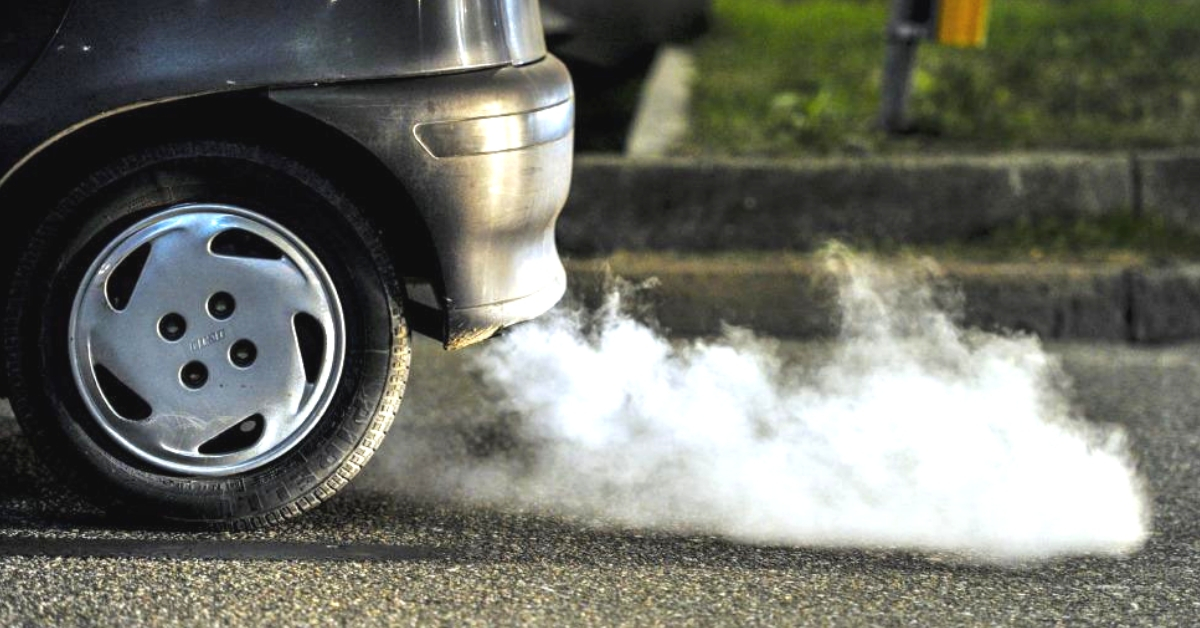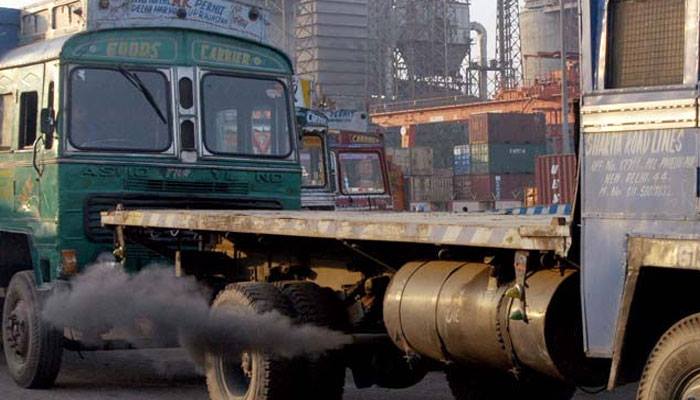SC Bans Sale of BS-IV Vehicles From April 1, 2020: Why It Matters & What It Means
SC said that India cannot afford to fall back even by a day in introducing BS-VI norms. But why is this decision so important and how does it make an impact in your life?

The Supreme Court yesterday refused to extend the deadline for the pan-India rollout of Bharat Stage VI (BS-VI)-compliant vehicles from April 1, 2020. In other words, from the said date, only BS-VI compliant vehicles (both petrol and diesel) will be sold across the country.
To the uninitiated, the Bharat Stage refers to the emission regulation standards instituted by the Centre to regulate pollutants from automobiles. Bharat Stage metrics are built on European emission norms. Thus, BS-IV is equivalent to Euro VI standards.
Back in 2016, the Centre had announced that vehicle manufacturers would have to make a direct transition from BS-IV to BS-VI, skipping past BS-V norms, by April 1, 2020.
With air pollution posing a major public health concern across the country, both the government and the Supreme Court felt that an urgent switch to cleaner fuel was the need of the hour.
However, the Centre had recently petitioned the court for a three-month extension on their deadline so that manufacturers will have time to sell inventory that isn’t BS-VI compliant since the transition is happening over a very short period. There is little question that this transition will impose a high cost on vehicle manufacturers.

So, how is BS VI different from BS IV?
The Bharat Stage (BS) emission standards regulate the number of toxic particles emitted into the air. BS-VI standards will limit the levels of sulphur content in fuel to 10 parts per million (ppm).
Under BS-III, the level of sulphur stood at 100ppm and 50ppm under BS-IV standards. Also, BS-VI standards will entail a 70% drop in harmful NOx (nitrogen oxide) from diesel vehicles and a 25% drop for petrol vehicles.
More importantly, dangerous emissions of particulate matter, like PM 2.5 and PM 10, which get absorbed into your lungs, will fall by a whopping 80% with the introduction of BS-VI.
Speaking to Business Standard, Hem Dholakia, a senior researcher with the Council on Energy, Environment and Water, a car with BS-VI fuel will emit 80% less particulate matter (PM 2.5 and PM 10) and nearly 70% less nitrogen oxide for every kilometre it travels.

“With the introduction of the new norms, on-board diagnostics (OBD) become mandatory for all vehicles. The OBD unit will be able to identify likely areas of malfunction by means of default codes stored on a computer, thus ensuring that the sophisticated emission control device, which is fitted in a BS-VI vehicle, runs at optimum efficiency throughout the life of the vehicle. For two-wheelers, manufacturers have to introduce a fuel injection system, which will be a first in India,” reports Mint.
Also Read: Motor Vehicles Bill: 17 Things That Can Change The Way India Drives!
Delhi has already the made the transition to BS-VI petrol and diesel. Other cities in the greater national capital region, Mumbai, Chennai, Bengaluru, Hyderabad and Pune will make that switch from January 1, 2019, and the rest of India will follow suit by April 1, 2020.
For consumers, BS-VI compliant vehicles will definitely be more expensive in the initial stages. Automakers have said that a jump in costs will be seen especially in diesel vehicles and economy-segment motorcycles.
(Edited by Shruti Singhal)
Like this story? Or have something to share? Write to us: [email protected], or connect with us on Facebook and Twitter.
If you found our stories insightful, informative, or even just enjoyable, we invite you to consider making a voluntary payment to support the work we do at The Better India. Your contribution helps us continue producing quality content that educates, inspires, and drives positive change.
Choose one of the payment options below for your contribution-
By paying for the stories you value, you directly contribute to sustaining our efforts focused on making a difference in the world. Together, let’s ensure that impactful stories continue to be told and shared, enriching lives and communities alike.
Thank you for your support. Here are some frequently asked questions you might find helpful to know why you are contributing?


This story made me
-
97
-
121
-
89
-
167











